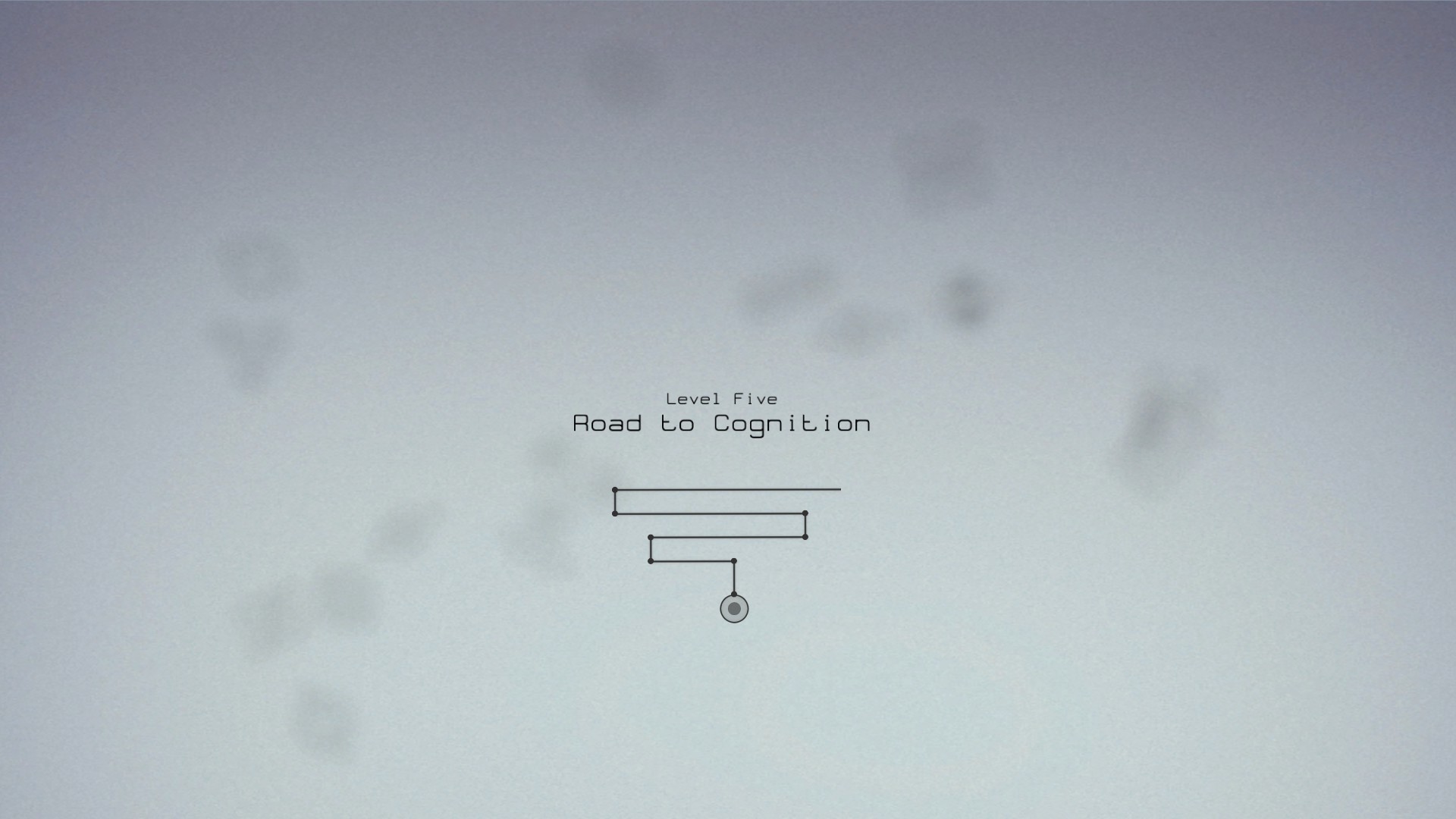This might have made for a decent music puzzle game, if the noises you were working with didn’t sound so unpleasant.
Type: Single-Player
Genres: Music, Puzzle
Developer: Digital Tentacle
Publisher: Digital Tentacle
Release Date: 17 April, 2014


First Impressions
I don’t remember where I got Circuits (CS) from, but it was one of my puzzle games that looked casual and laid back, with no time restrictions to rush my moves. With some of the more involved games I’ve been playing lately, it was the change of pace I was looking for, a game I could pick up and drop intermittently and not be too worried about where I’d left it beforehand. However, though I had the option to come back to it whenever I wished, I didn’t find myself wanting to very much.
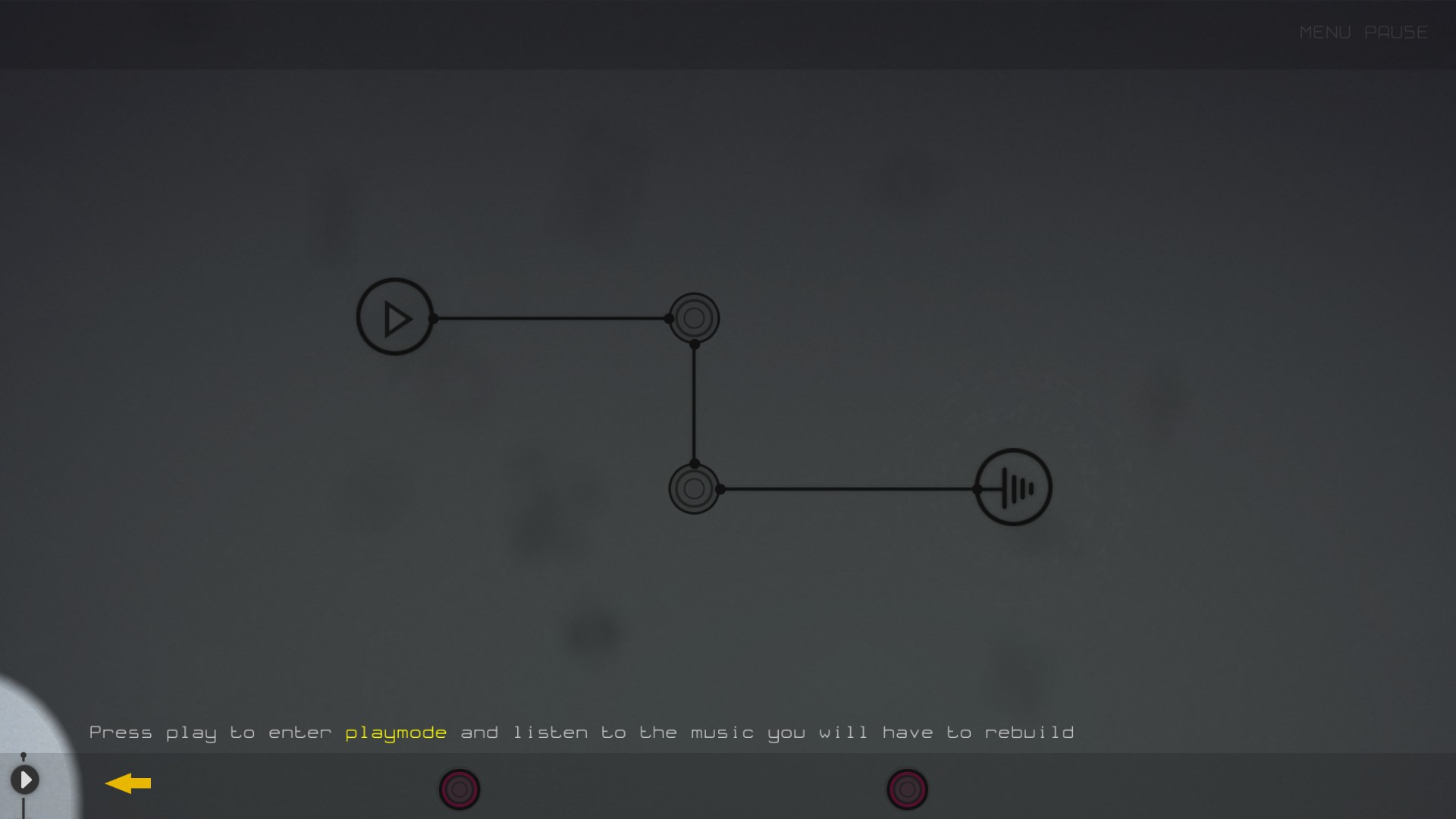
Gameplay
Music or audio puzzles are fairly common in games, most of the time requiring players to recreate a short tune by ear. They’re usually pretty obvious in the presentation, with the difficulty in solving it resting on how well the person is able to match sounds correctly, as well as how many notes have to be replicated. CS takes this idea and makes an entire game around it, with 25 puzzles to solve. As you progress, the amount of notes you have to set properly increases, though there are factors that help it from getting too difficult.
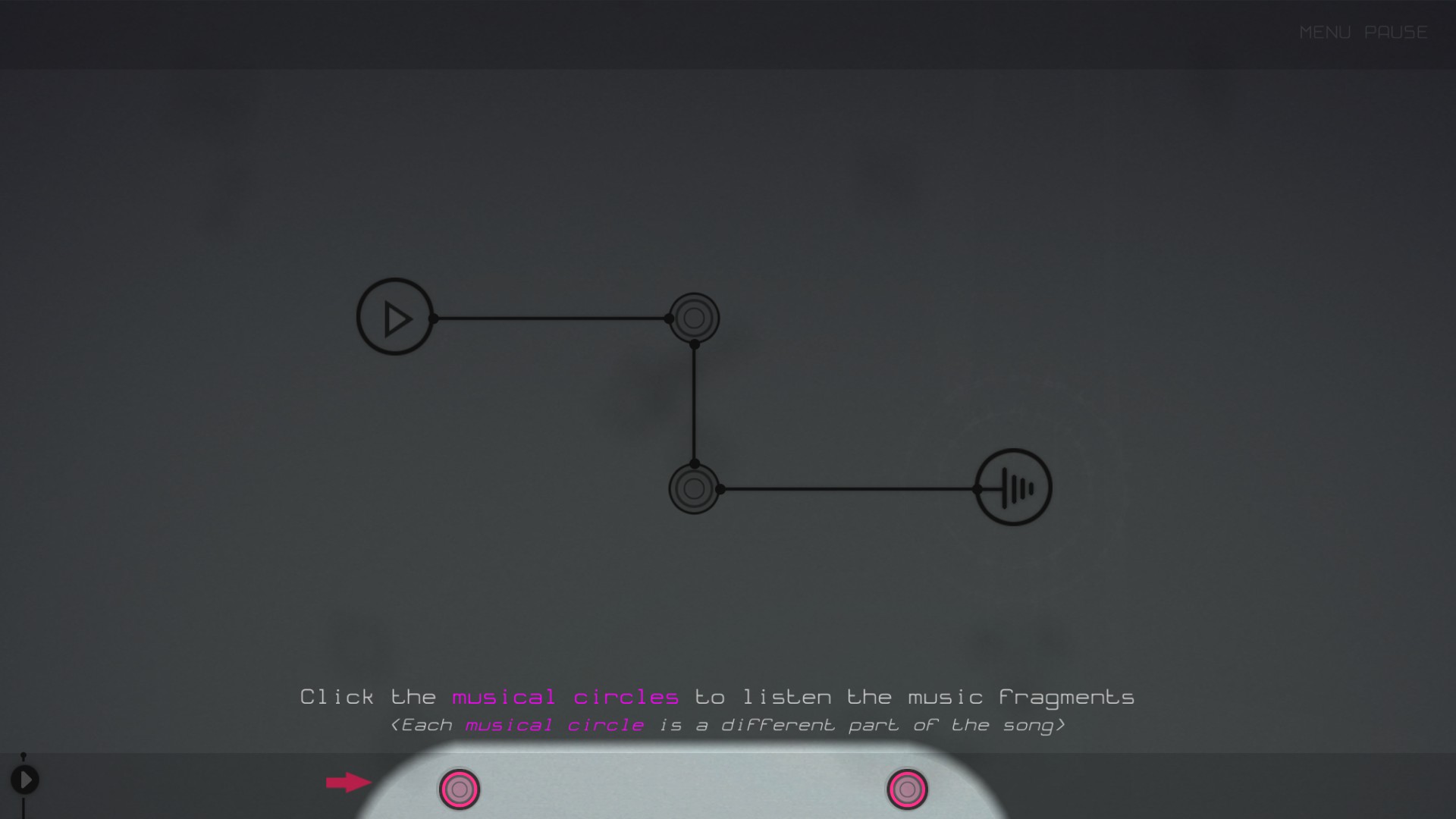
Part of this is done by color-coding the sounds, so that any one section doesn’t have more than a few potential notes to choose between. Another is that many of the sounds aren’t exactly the same note or series of notes but set to different pitches. Instead, they’ll play out a different amount of notes or make another obvious change, making it easier to distinguish between them. Regardless, the objective remains constant throughout, of trying to accurately replicate what you hear with the pieces available to you.
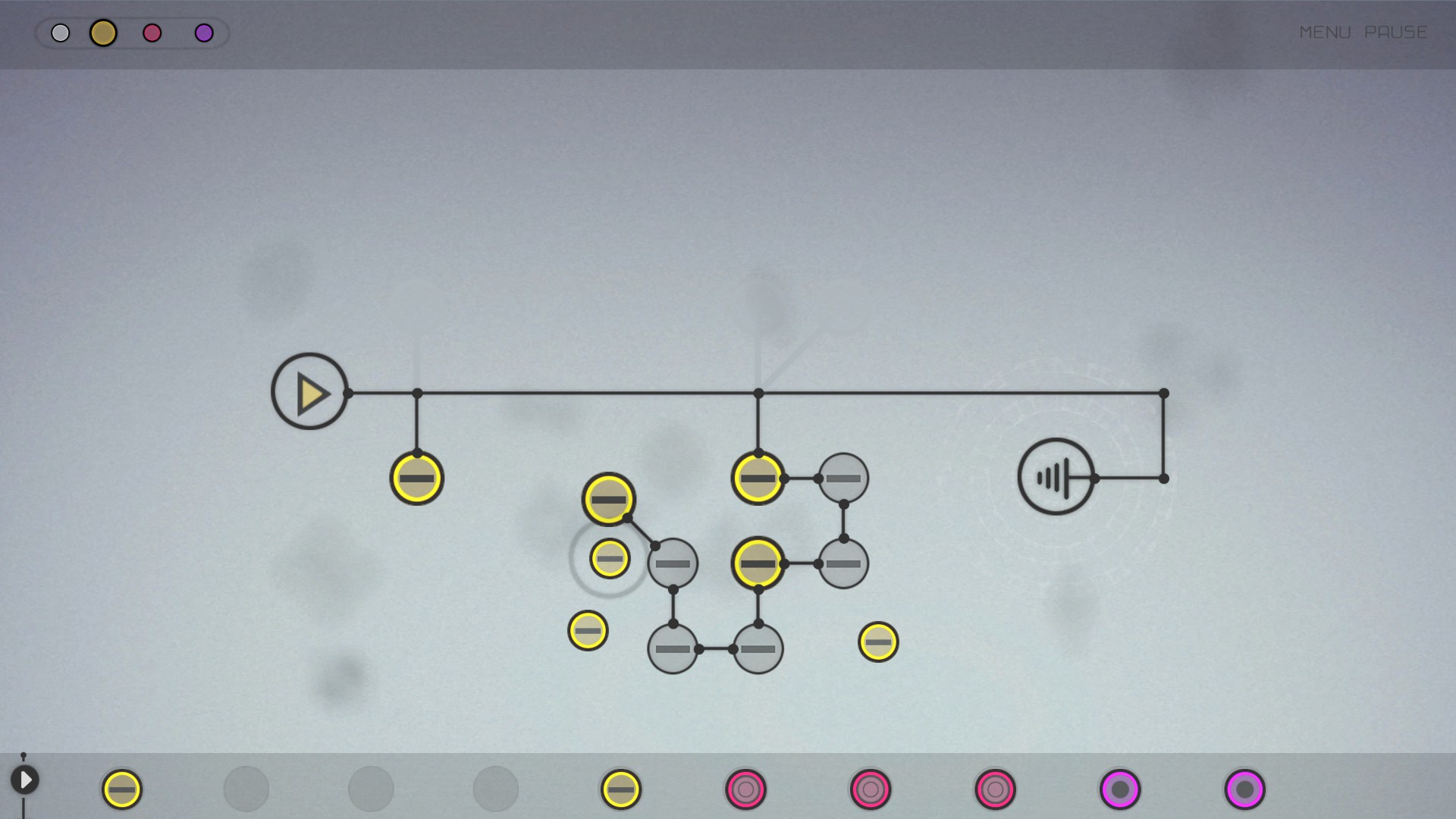
Controls
With how the game plays, there’s no controller support, as everything is done simply enough with the mouse. I sometimes mixed up how the interface worked when wanting to listen to the audio clues as opposed to submitting my answer, but after I got used to it I stopped making that mistake. When comparing the sounds against the specific section, it’s possible to drag the bottom icon left and right to go to the exact spot you’re wanting to listen to. That way you don’t have to wait all the way through the other areas that aren’t relevant.
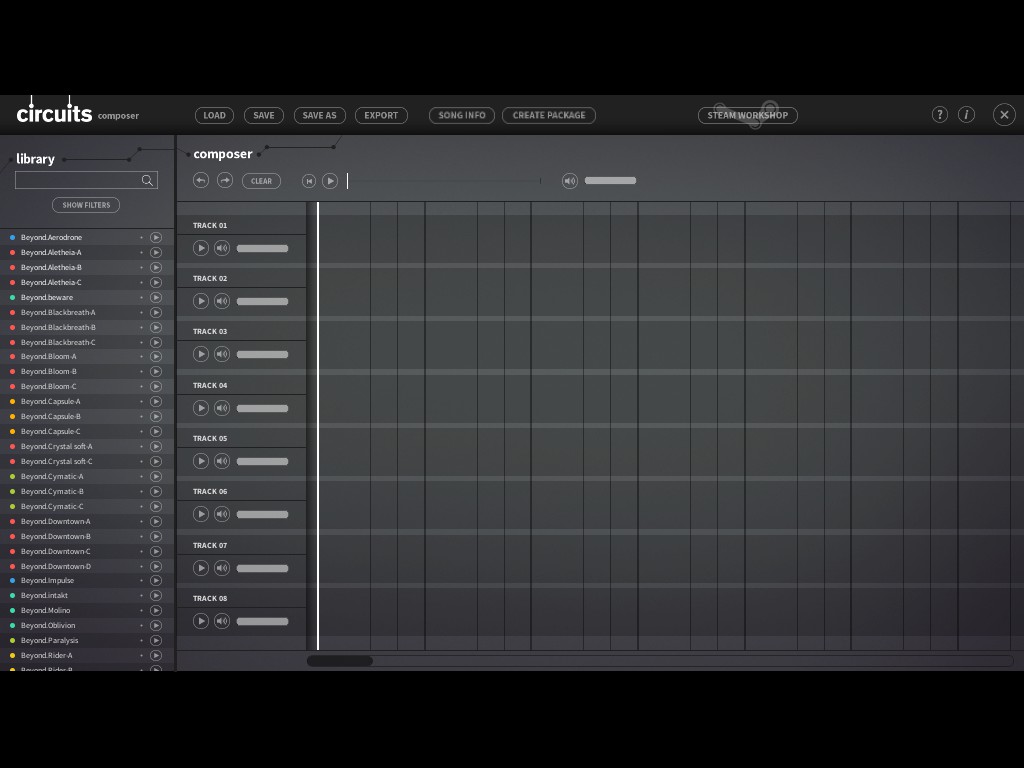
Story
There’s no character or story elements in CS, it’s pure gameplay.
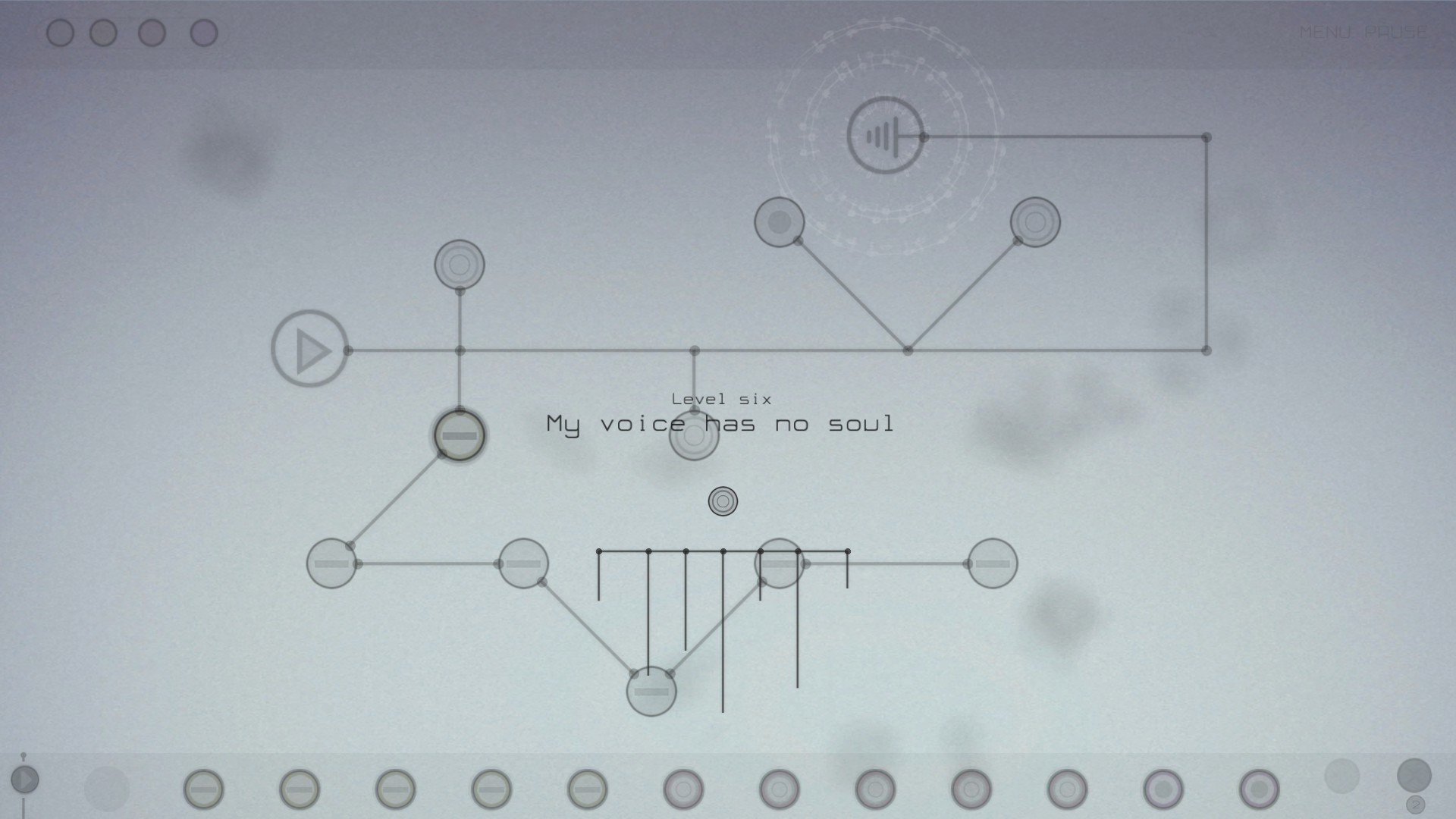
Graphics
Visually, CS reminds me of another puzzle game I’ve played and enjoyed on Steam before, Hook. There’s not much to it, as it lays out lines across a foggy background, but these lines trace out the flow of music that’ll follow all of the pathways in conjunction with one another. It’s almost metaphorical, and has an interesting approach to minimalism. However, it doesn’t necessarily make the gameplay as easy as it could have been. Considering your objective is to replicate the right sounds, this interface isn’t the most convenient to organize or work with. An example of a game that had simple visuals and worked incredibly well as a music replicater is Music Bounce, which you can play online for free.
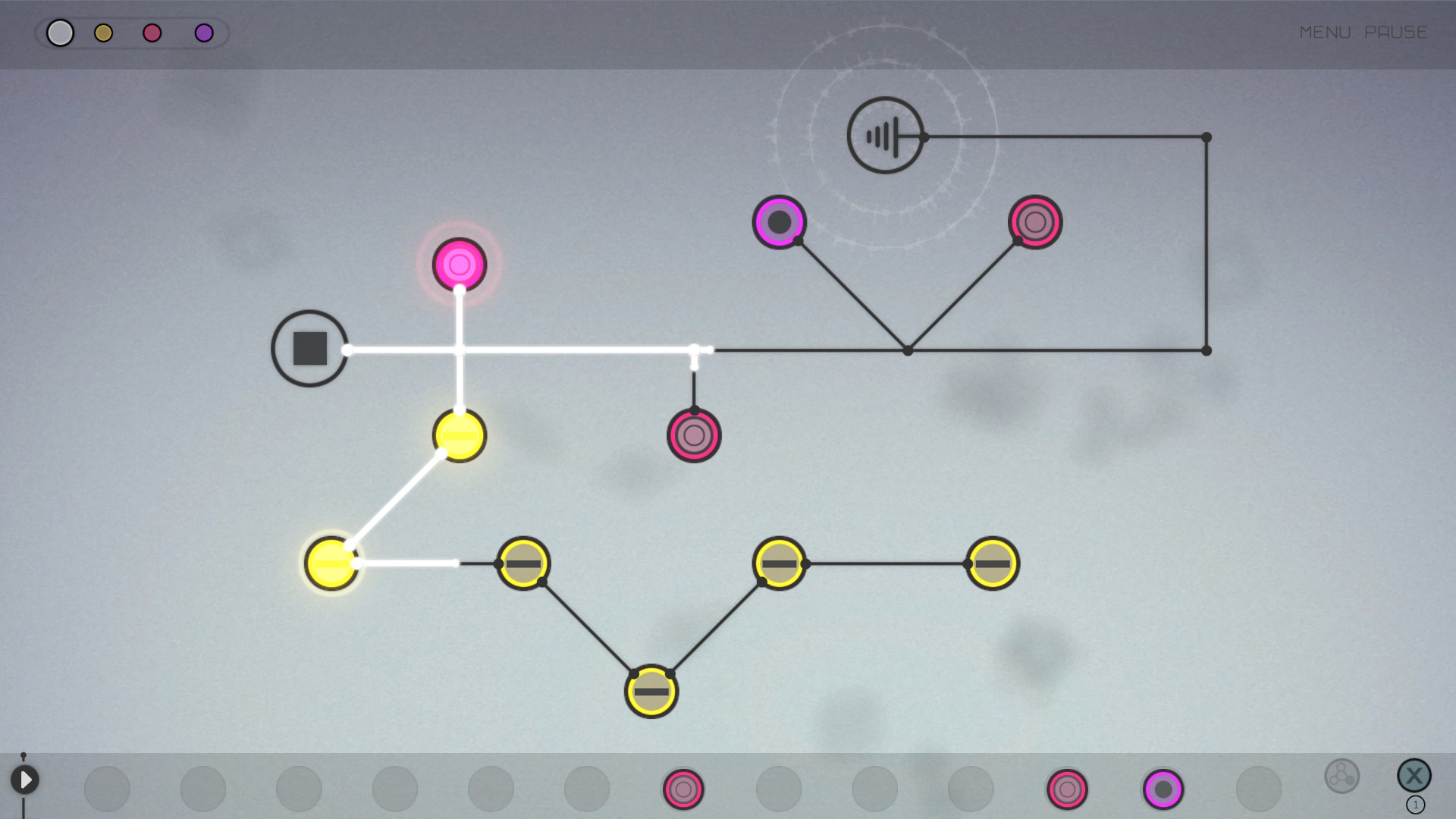
Sound Design
This is one of the key areas needed to knock out of the park, and I think they whiffed it. Games centered around the music and audio need to deliver with pleasing sounds a player doesn’t mind listening to over and over again, especially when they’re checking multiple times to see if it’s the same or has a slight difference. Although some of them were pleasant to listen to, I encountered several that were grating on my ears and I kept turning the volume back down even though I needed to hear the sounds clearly. Mixing them together doesn’t make them work any better, so I never played CS for too long in any given setting. If I wanted to listen to badly composed sound effects that was supposed to pass for music, I’d listen to Billie Eilish or rap music.
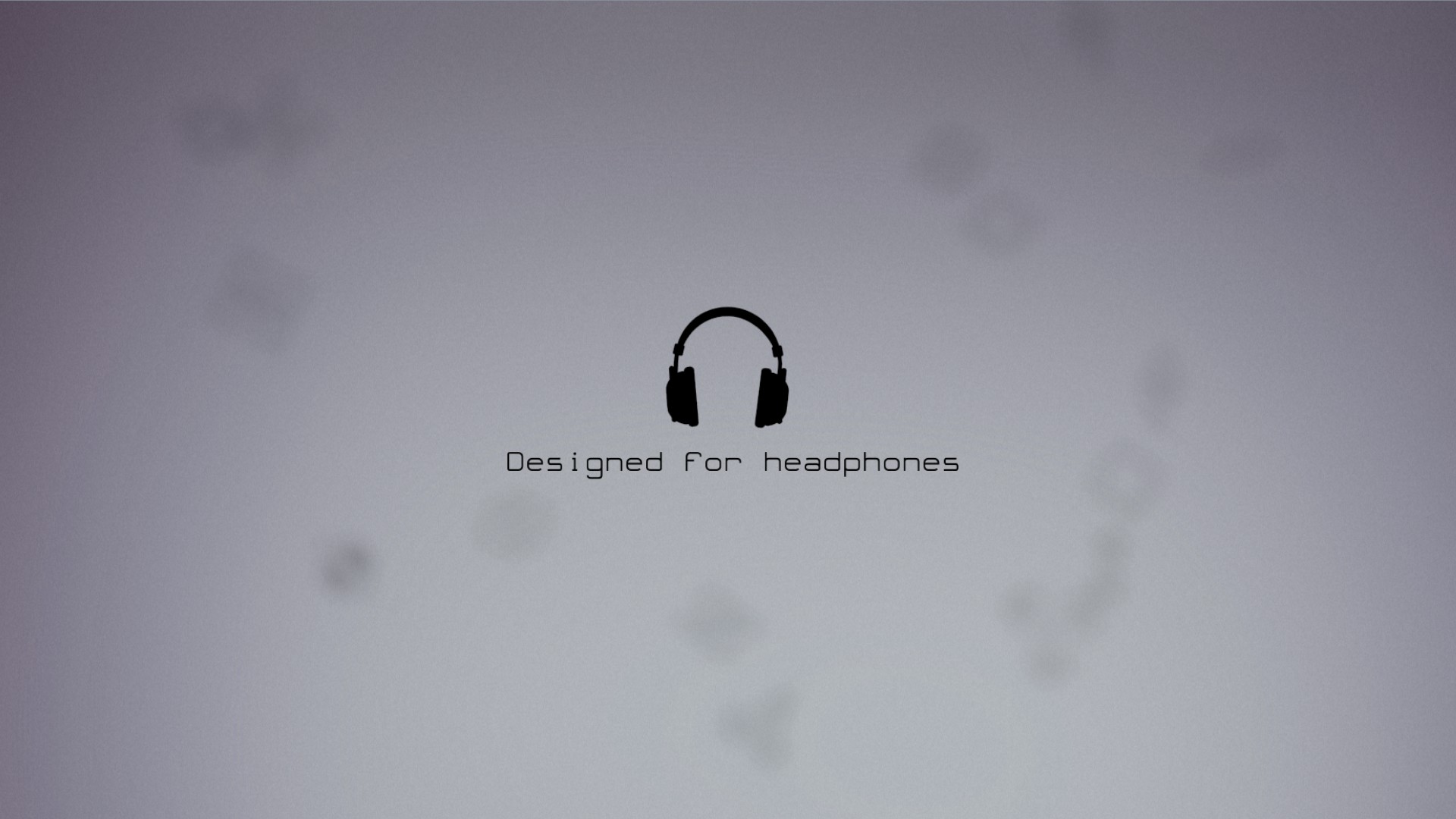
Pros
- Several people have used the music composer to create their own songs and puzzles, which are available in the Workshop.
- If you really enjoy music puzzles in games, this would be a great place to scratch that itch.
Cons
- If you aren’t well attuned to notes, IE are tone deaf, you don’t have the toolbox necessary to play CS. There’s no viable work-around available, as spamming guesses is time consuming and unwieldy. Plus, you’d just be brute forcing your way through the game, and it wouldn’t be fun or enjoyable to do.
- With how simple the game’s visuals and the gameplay is, 25 puzzles is a paltry amount to play through. It might take a while due to the complexity and difficulty involved, but there’s not a lot on offer here.
Tips
- Since you can play at your own speed, double and triple checking the notes you’re placing to make sure they’re accurate is a good idea. When you find out something is wrong, there’s no indication as to how many errors there are, and trying to fix something when you don’t know where to start is difficult and upsetting.
- I did notice a difference when trying to match the sounds using my speakers and when I put on a pair of headphones. It seems to work much better with headphones on, as I was able to more clearly distinguish differences between similar sounding notes that way.
Final Thoughts
Frankly, audio puzzles don’t tend to be my cup of tea due to my own inability to distinguish between similar-sounding notes very well. However, even if I were better at it, when listening to unpleasant noises and compositions that blend together as well as sour milk and rotten fruit, it makes for an off-putting experience. There’s an element of personal preference involved with this, but again, even if I did enjoy it, there’s not much of a game here at all, and it’s working off a very simple premise. In theory, you could get more value if you used the composer, but I find the screen far too small to navigate clearly. When I tried it in full screen mode, the icons weren’t lined up properly with where you actually click on the button, which is a nightmare when working with several icons parallel to one another.
